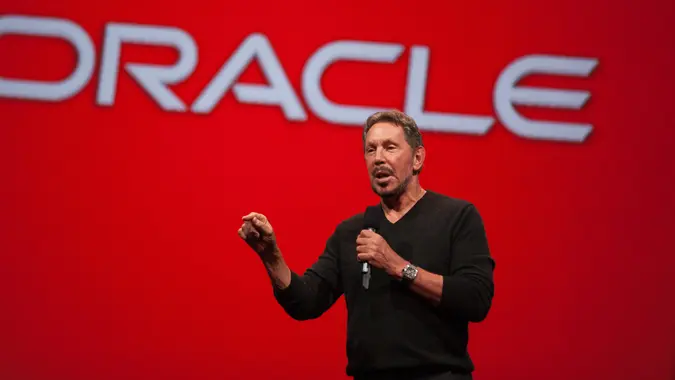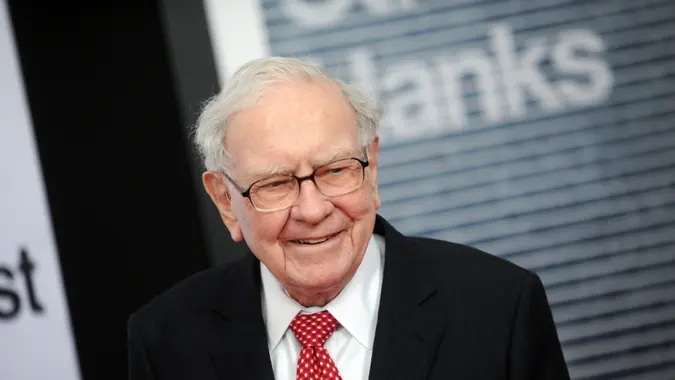I’m an Economist: The No. 1 Economic Indicator I Rely On

Commitment to Our Readers
GOBankingRates' editorial team is committed to bringing you unbiased reviews and information. We use data-driven methodologies to evaluate financial products and services - our reviews and ratings are not influenced by advertisers. You can read more about our editorial guidelines and our products and services review methodology.

20 Years
Helping You Live Richer

Reviewed
by Experts

Trusted by
Millions of Readers
Economists use a variety of tools and data to predict how well or poorly the economy will do in the near-term. Experts can analyze figures like the gross domestic product (GDP), unemployment rates, inflation, commodity prices and interest rates, according to a fact sheet published on the Library of Congress website.
But what’s the number one indicator economists rely on to forecast the country’s financial future? Economists we spoke with agreed that GDP is one of the most important factors — but it may not tell the whole story.
The Relevance of GDP
“GDP growth or decline would probably be the standard answer,” said Chris Motola, financial analyst at NationalBusinessCapital.com. “[While] it’s certainly not the worst [indicator] to use, it can fail to capture what’s being experienced on the ground.”
Stephan Shipe, Ph.D., CFA, CFP®, a finance professor at Wake Forest University and founder of Scholar Financial Advising, agreed. “When people ask me for the top economic indicators, the standard trio is GDP, unemployment and inflation,” he said. “But I don’t think any one of those tells the full story in today’s environment.”
The Atlanta Federal Reserve’s GDPNow tool estimated real GDP growth at 2.4% in the second quarter of 2025, which would indicate healthy growth. “For the United States, a healthy growth rate is around 2%,” said Michael Snipes, associate professor of instruction, Economics at University of South Florida. However, he cautioned that faster growth could be a problem. “It is possible for economies to grow too quickly,” he said.
Shipe noted that GDP can also be artificially inflated by government spending. “A country can show growth on paper, even if it’s just racking up debt,” he said.
Other Economic Indicators
Shipe said he’s more inclined to rely on inflation rates, specifically the Consumer Price Index (CPI), as a key economic indicator. “Prices don’t lie. If costs are rising, you have to explain why,” he said. “It’s a market-driven signal that cuts through a lot of noise.”
Motola said the Conference Board Leading Economic Index (LEI) would be his top choice for economic forecasting if he had to choose just one indicator. “The LEI […] is a composite index that tracks 10 factors to check the temperature of the economy,” he explained.
The LEI went down by 0.1% in May, after falling by 1.4% in April, according to a press release published by The Conference Board.
Is the US Headed Toward a Recession?
Motola and Shipe both said they don’t see a recession on the horizon, although Motola said the falling LEI “suggests a somewhat gloomy forecast for the economy.”
“The more pressing concern is long-term solvency, and how persistent inflation could pressure debt and entitlement systems down the road,” Shipe noted.
More From GOBankingRates
- Nearly 1 in 3 Americans Hit by a Costly Holiday Scam, Norton Survey Shows -- How To Avoid This
- Here's What the Average Social Security Payment Will Be in Winter 2025
- How Middle-Class Earners Are Quietly Becoming Millionaires -- and How You Can, Too
- The Easiest Way to Score $250 for Things You Already Do
 Written by
Written by  Edited by
Edited by 

























